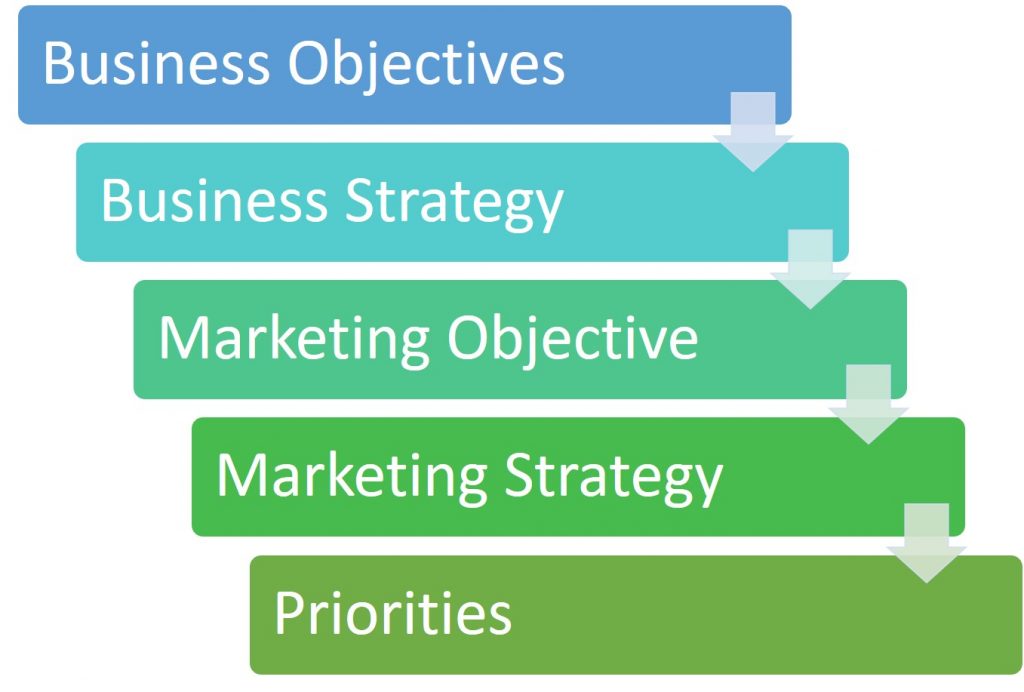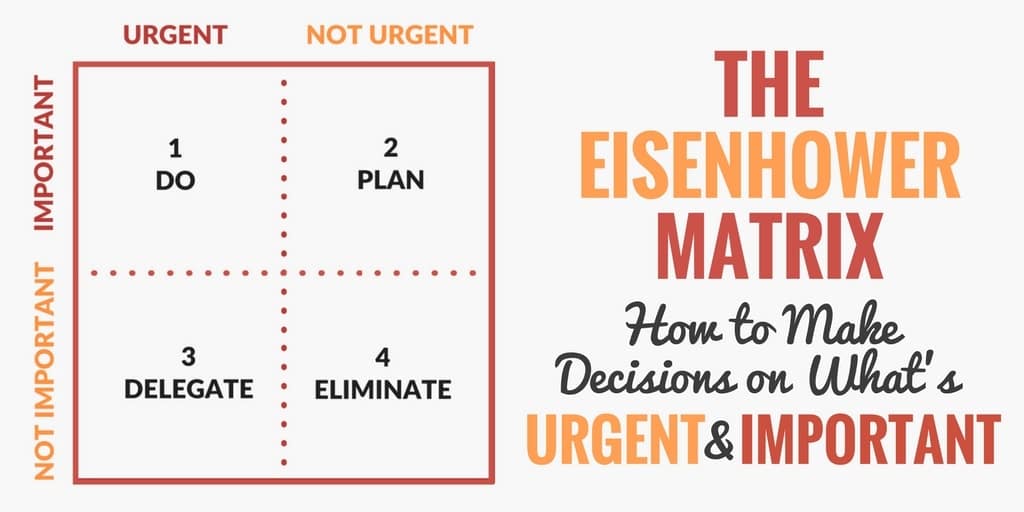Happy Friday, dear readers! Today, I’m going to be outlining what I do when I start a new role. The process is basically similar for most general marketing roles, though YMMV if you’re in a more specialized sector, such as media planning or SEO. This is what has worked for me well in the past, and its how I intend to start my next role.
The plan is comprised of 3 steps:
- Set Baseline & Priorities [1-30 days]
- Develop Segments/Personas/User Journey [30-60 days]
- Envision future use case scenarios and develop marketing roadmap [60-90 days]
In this post, I’ll discuss what we need to do in Step 1, and I’ll cover the other 2 steps in subsequent posts.
Set Baselines
The objective at this stage is to set the channel baselines for awareness, consideration conversion and retention (or whatever marketing funnel definition is appropriate for your business), identify priorities to go after and leverage digital marketing channels to generate more sales and land some quick wins. (Its always important to start off a new role with some positive results for the business.)
Firstly, look at the following data repositories to build a view of what to keep, what to start, what to stop and what to do better:
- Ongoing or recent campaign review with media and onsite performance data
- Omniture/Google Analytics data to understand onsite user behavior
- Chat log analysis
- Historical Paid media reports from agencies/platforms
- Overall media-mix
- Social media analytics (listening and engagement)
- Email performance
- Lead to sales conversion ratio
- Marketing attribution %
- Seasonality data

I would look at the last 12 months data, so that we can account for seasonality. Every digital channel will then be assessed against how it generates impressions, clicks, leads and revenue. We would then calculate ROI for each channel to determine the most efficient one. We would rank them accordingly, and benchmark against industry standards (or compare against best-in-class)
Tabulate this data and try to draw some conclusions from it. For example, for a particular period, if the CPC of a particular search campaign is low, but the CPA is high, then validate that against the landing page bounce rate to determine if you have a problem with the landing page. It is crucial that you develop as many actionable insights from this process as possible.
Prioritize
In parallel, you should also have started discussions with your internal stakeholders. Mostly, this will be for the purpose of introductions and making connections. It is also an opportunity to gather feedback on what are the priorities for the business (or part of business they are responsible for). The more people you speak to, the better your understanding will be. Start to formulate your marketing priorities by using this process:

A business objective can de defined as the financial goals a business sets based on past and future projected growth. The strategy are the steps it will need to take to achieve those goals. For example, a business objective would be to increase the share-of-wallet for the IT spend by 20%. The strategy would then be to identify a particular segment (e.g. large enterprises) and engaging with IT Professionals. Using this same example, the digital marketing objectives would be to develop though-leadership among the IT Pros, and the digital marketing strategy would be to have a series of virtual roundtables with 50 IT Pros executives per quarter. We can reference back to our tabulated data to determine budget required (CPA x number of leads required), and raise that as a priority.
The next steps is to rank these priorities according to urgency and importance (The Eisenhower Matrix):

Now, once you have used data to identify tactics, and used the above frameworks to determine priorities for the business, you can start developing quick win campaigns. I usually start by putting together a communications framework and/or brief and circulating that among the stakeholders. Feedback and buy-in are vital to ensure that it is not a solo effort, and is instead seen as a team-effort.
Launch a Campaign
The last step would be to launch, within 30 days, the new campaign that is backed by data and is aligned to the business priorities. That is also how you can build momentum and win trust with the business. It also helps you hit the ground running, and we can use that momentum to jump into Step 2, which I’ll talk about in the next post.